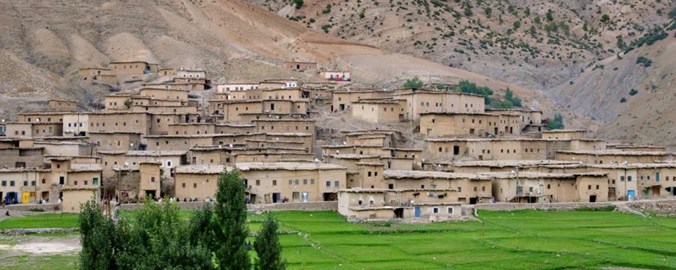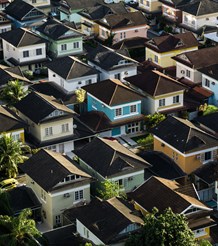
Is tourism harming the Moroccan property market?
Morocco's growing tourism industry could in fact be harming the country's property market. Figures from the central bank Bank Al-Maghrib have shown that loans to homebuyers and companies have grown at the slowest pace in a decade during the year-to-November 2012. Conversely, money is being ploughed into hotel developments, which is causing a problem for cash-strapped banks.
Gabriel Matar, head of Middle East and North Africa hotels at Jones Lang LaSalle, stated: "Moroccan banks are working out their overexposure to commercial real estate, mainly tourism-related, which will limit the amount of their new engagements in 2013. The Moroccan market isn't mature enough to recover all these projects, which are too big to be completed by just Moroccan players."
Lending to hotel developers has increased almost sixfold since the peak of residential mortgage lending in 2007. For those looking to invest in Moroccan property, this means their ability to secure a loan could be hindered. However, reports have shown that the real estate market is in better shape than central bank figures would suggest. The Global Property Guide reported that during the year to Q2 2012, residential property prices increased by one per cent, based on the real estate price indexes from Bank Al-Maghrib and the National Land Registry Office.
Apartments have been the strongest performers thus far, rising 2.3 per cent year-on-year to Q2, while house and villa prices fell by 1.8 per cent and 2.6 per cent respectively. The volume of apartment sales increased by ten per cent in the same period, accounting for approximately 61 per cent of transactions for the quarter. Villa transactions rose by 40 per cent year-on-year.
Nevertheless, amid these positive performers, house transactions decreased by 6.1 per cent to 1,318. Declining activity in the housing market could be a reflection of the growing tourism industry and a move from investors towards traditional holiday rental properties. Consequently, for apartments and villas in prime locations, competition is now likely to be at a premium.
Gabriel Matar, head of Middle East and North Africa hotels at Jones Lang LaSalle, stated: "Moroccan banks are working out their overexposure to commercial real estate, mainly tourism-related, which will limit the amount of their new engagements in 2013. The Moroccan market isn't mature enough to recover all these projects, which are too big to be completed by just Moroccan players."
Lending to hotel developers has increased almost sixfold since the peak of residential mortgage lending in 2007. For those looking to invest in Moroccan property, this means their ability to secure a loan could be hindered. However, reports have shown that the real estate market is in better shape than central bank figures would suggest. The Global Property Guide reported that during the year to Q2 2012, residential property prices increased by one per cent, based on the real estate price indexes from Bank Al-Maghrib and the National Land Registry Office.
Apartments have been the strongest performers thus far, rising 2.3 per cent year-on-year to Q2, while house and villa prices fell by 1.8 per cent and 2.6 per cent respectively. The volume of apartment sales increased by ten per cent in the same period, accounting for approximately 61 per cent of transactions for the quarter. Villa transactions rose by 40 per cent year-on-year.
Nevertheless, amid these positive performers, house transactions decreased by 6.1 per cent to 1,318. Declining activity in the housing market could be a reflection of the growing tourism industry and a move from investors towards traditional holiday rental properties. Consequently, for apartments and villas in prime locations, competition is now likely to be at a premium.
PUBLISHED : 16TH JANUARY 2013




